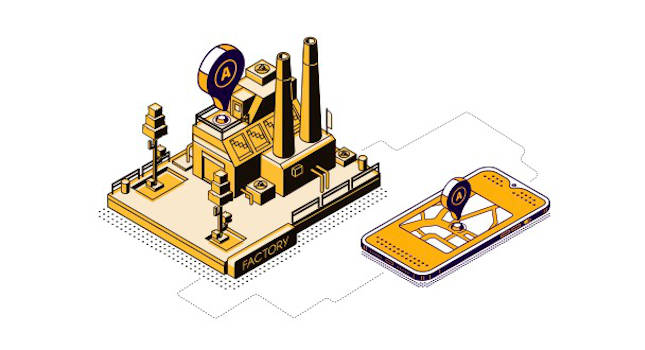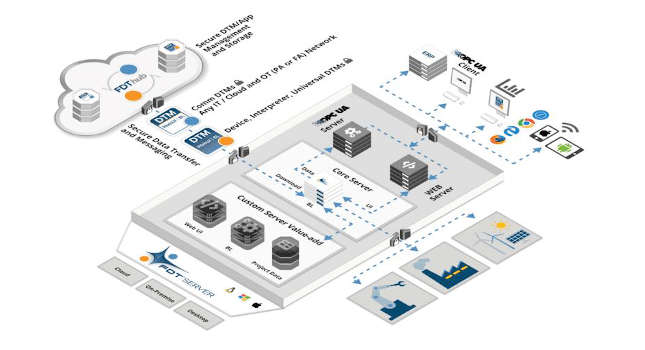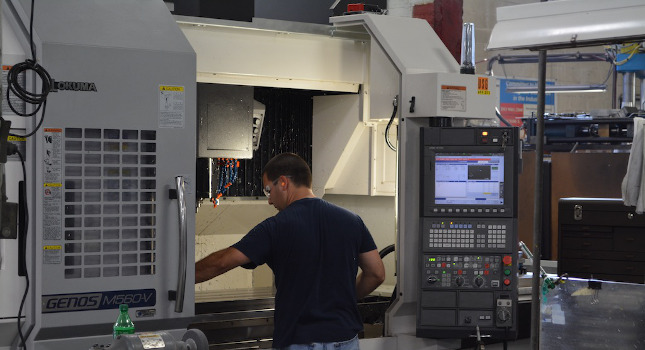In this third installment of this series, Jack Creamer addresses three common myths regarding the impact of pumps in a facility, energy efficiency, and ROI.
Myth: In a large industrial facility, how much impact does pumping really make on my energy use? It’s not worth the investment.
Pumps are a primary application in all aspects of the industrial world—from supporting liquids management for various industrial processes to comprising integral elements of HVAC or plumbing systems. As such, they are a tremendous consumer of energy for an industrial facility, and represent tremendous energy savings potential—up to 60% in many cases.
Pumping and pumping systems account for nearly 25% of all industrial motor energy usage. The common practice of oversizing pumps to allow for anticipated load demand or other safety reasons provides a key opportunitiy for “right-sizing” the motor to decrease energy waste. General wear over time, leads to degradation that greatly reduces the operating efficiency of the system. Additionally, relatively minor changes in speed can produce significant energy savings. VFDs, especially centrifugal pumps, allow you to both optimize pump operation and match varying loads—a huge energy saver.
Beyond right-sizing, there are a number of strategies to undertake which increase efficiency and in turn create substantial energy savings. Process energy optimization (PEO), an active energy management solution, provides for system profiling at optimum operating points.
Making investments in energy management at the pumping level gives more than just reduced consumption and smaller energy bills. Becoming energy efficient, or generating energy by saving it, opens up new doors for buildings to actually produce revenue by participating in utility demand response programs—making the ROI even greater.
Myth: The road to an energy efficient building is through lighting and HVAC.
Energy management in the pump realm is of growing interest, supported by key industry initiatives, economic incentives and demonstrated financial benefits to industry and building owners alike. Because pumps play a major role in all HVAC systems, and due to the nature of their application, design, and operation, they represent an excellent opportunity to reduce costs and increase reliability in all commercial building systems.
Enhanced controls are at the center of such solutions. Variable frequency drives, enhanced by intelligent controls, will pave the way for system optimization in the future, enabling efficiency improvements in application areas such as commercial buildings. Smart Motor Management systems can play a role equally as important as lighting and other initiatives, ensuring system performance and providing system monitoring and feedback to reduce the likelihood of failure.
Of course lighting and HVAC cannot be ignored—but pumps should be an area for consideration In fact, a little known piece of information about the HVAC systems is that two of its primary applications are pumps and fans. Pumping is responsible for up to 15% of a building’s peak energy use and in the typical life cycle of a pump, energy costs account for almost 40% of the total costs.
Myth: Intelligent pumping makes sense as a strategy for new construction, but the ROI of an update or retrofit just isn’t there.
Intelligent pumping can simply be defined as the combination of a pump and a VFD with digital control capability. As this trend continues to emerge, we see new implications or possibilities for:
- Energy management
- Remote condition monitoring
- Remote systems control.
Intelligent pumping systems are expanding to include wireless monitoring and control capabilities which provide users with the ability to access real-time operating data on their pumping equipment, offsetting the higher initial costs through reduced unplanned downtime and improved predictive maintenance plans. The added benefits of wireless systems are apparent when reviewing the current challenges faced by pump system end users.
Historically, pumping system automation has often been addressed as a one-off engineered solution based on customer needs and architectural/consulting engineering specifications. However, as the technology evolved, and more importantly, became increasingly user friendly, facility operations personnel and management have demonstrated the desire to leverage the latest technology available—such as Internet communication for monitoring and control, WIFI communications, smart phone interface to their pump controller, for alarms and remote control and configuration.
According to the U.S. Environmental Protection Agency, more than 50% of the transient water systems in the U.S. do not have remote monitoring and control of their pumping assets—intelligent pumping systems help with this.
In fact, Frost and Sullivan anticipates that the market for real-time mobile asset tracking and preventative maintenance monitoring to increase five-fold by 2020.
Jack Creamer is a market segment manager focused on the OEM pumping equipment sector for Schneider Electric North America. He earned a bachelor’s degree in Industrial Engineering from Syracuse University and an MBA from Rensselaer Polytechnic Institute. He can be reached at [email protected]



